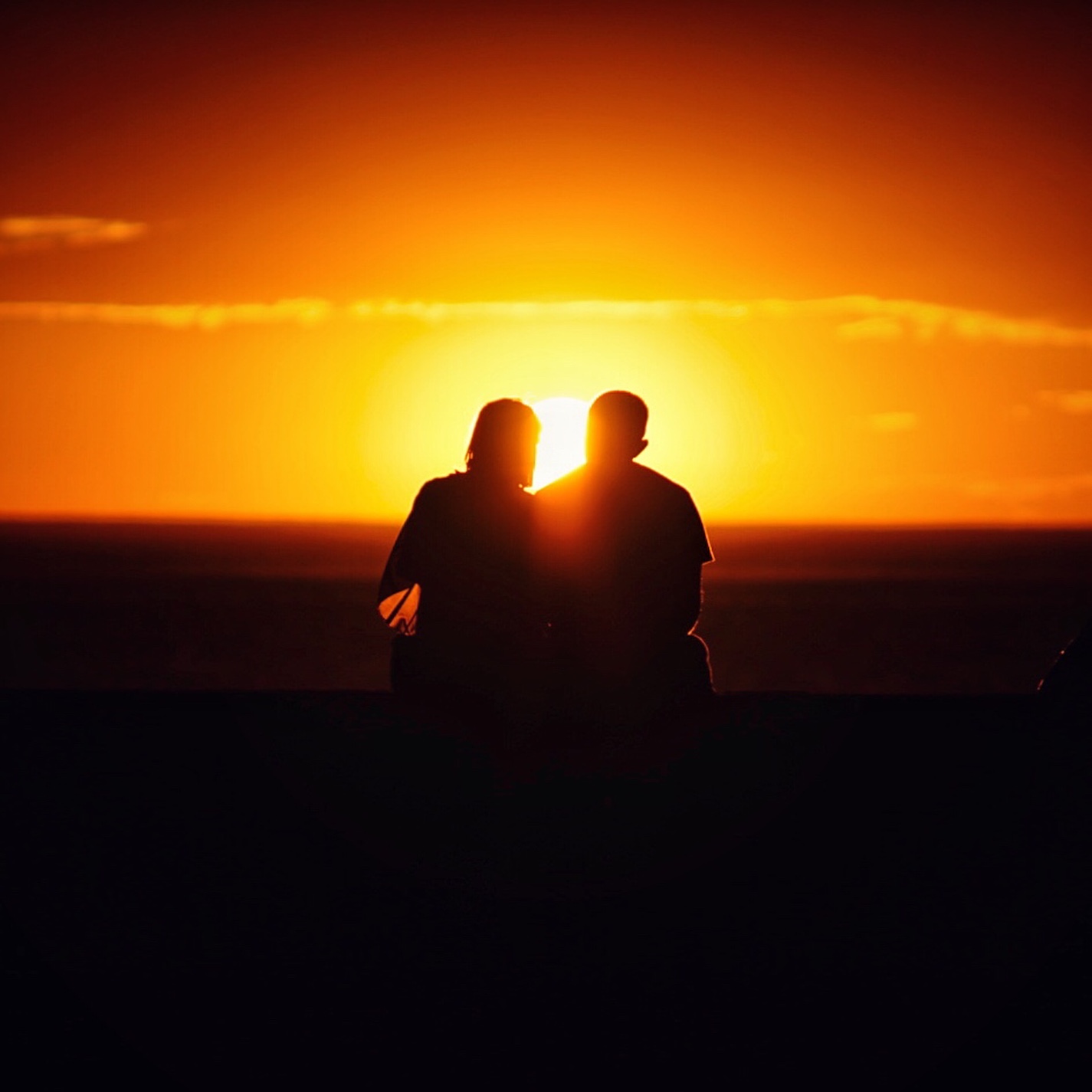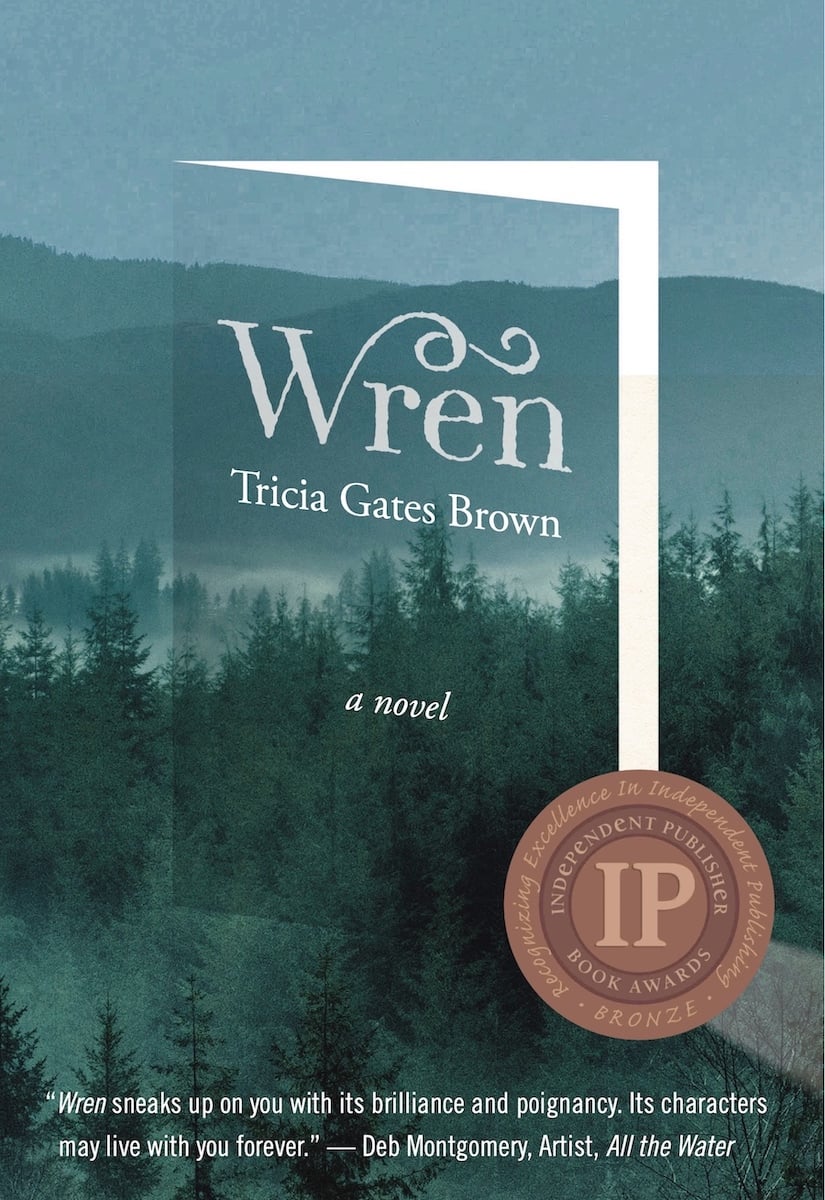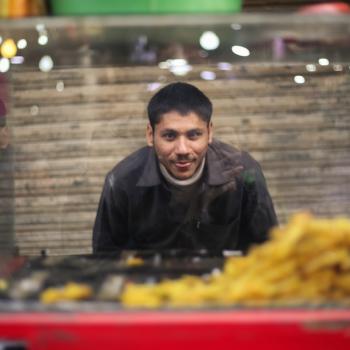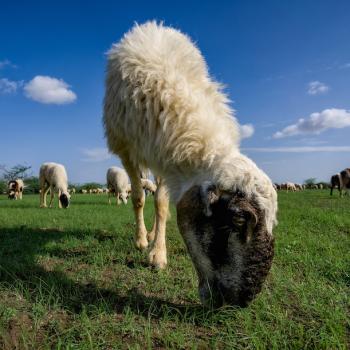
One day last week, two friends wrote out of the blue to express that they were thinking of me. Besides being moved, I was struck by how thinking of someone in this way is a kind of prayer. One friend said “I am holding you in the light, as the Quakers say,” describing a Quaker understanding of prayer. In my view, when someone comes into focus in your heart and mind and you surround them with the warm glow of your love, it is prayer.
Prayer doesn’t have to be ‘saying prayers,’ as we’re taught as children, or reciting certain prayers like we do in a faith setting. These rituals have value and power, especially as they are shared with others, strengthening a bond between souls and creating space for transcendence, gathering our energies as we collectively hold up intentions and needs. But the movement of our hearts to depths of feeling as we ponder different people or concerns has a unique sort of potency, a different sort of bonding. The stirrings that cause us to transcend life’s distractions and focus on a need or person, often a beloved, or a stranger in pain—these stirrings are love. And love is a powerful energy. By ‘holding someone in the light,’ as the Quakers say, or in the glow of our love, we bring our souls into contact with their souls and the God-in-us touches the God-in-them in a circular dance that evokes the Trinity. This is a mystical experience and hard to articulate using everyday language. But people who communicate or commune with loved ones who’ve passed know this connection and how it is a kind of prayer.
Often we can experience connecting with other souls in a transcendent way through art—through music, in particular. How often have you listened to a minor-key song and suddenly, out of the crystal blue, been in tears? Author Susan Cain, whose book Bittersweet: How Sorrow and Longing Make us Whole unveils the transformative power of the melancholy, describes music as a “transcendence delivery system” (referring specifically to the music of Leonard Cohen). I was taken by this phrase, a transcendence delivery system, because I’ve received such deliveries again and again in my life. I consider these moments of connection through song to be the Something More of prayer. The experience may not be one of connection to a specific person or situation but it connects us in a gut-level way—I believe in a prayerful way—with our community of humans.
I’m often skeptical of wordy prayer, especially when I’m the one coming up with those words. There is—perhaps inevitably—ego in these efforts, a desire to be eloquent, to say the right words, or to not say the wrong ones. It’s that child in us who’s internalized misguided images of God as a critical parent and who fears being unworthy if we don’t do it right. I use various practices that help free me from the traps of ‘doing it right,’ of coming up with the right words, practices like reciting mantras in my head (short repetitive phrases); using ‘thank you’ as a prayer—simple expressions of gratitude; or understanding wordless experiences as prayer (hugging my cat; studying a bird; relishing warmth on my skin). These kinds of prayer draw me to the edges of my stuck-in-worry-and-activity consciousness and help me touch something beyond it. For me, they are less ego-addled than ‘saying prayers.’
Sometimes the stirrings that cause us to lovingly think of someone or some need can be entangled with fear, and can even be motivated by fear for ourselves and the pain we will feel if harm comes to those we love. We fear our own losses. But it seems our love is often tangled up with such fear. This knot is part of being human. Part of why we think of someone especially close to us, such as our children, is because we worry for them in a way that involves worry for ourselves. Yet, we do love them as much as we love anyone. So our motivations in prayer, as our motivations in everything including love, are hybrid and grey. That is okay.
Look for How I Pray {Part Three} on Saturday, August 20. Read Part One of this series HERE.
Wren, Winner of a 2022 Independent Publishers Award Bronze Medal














